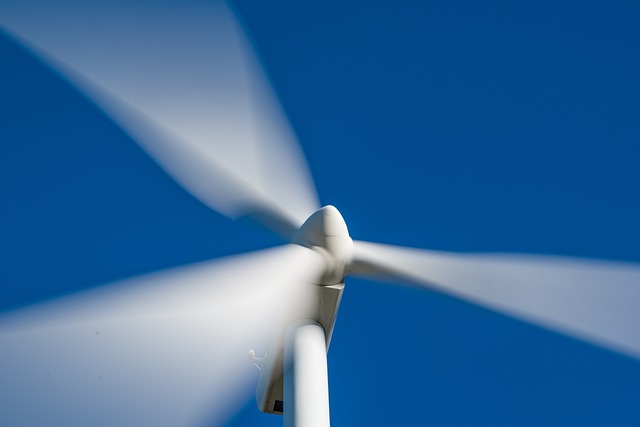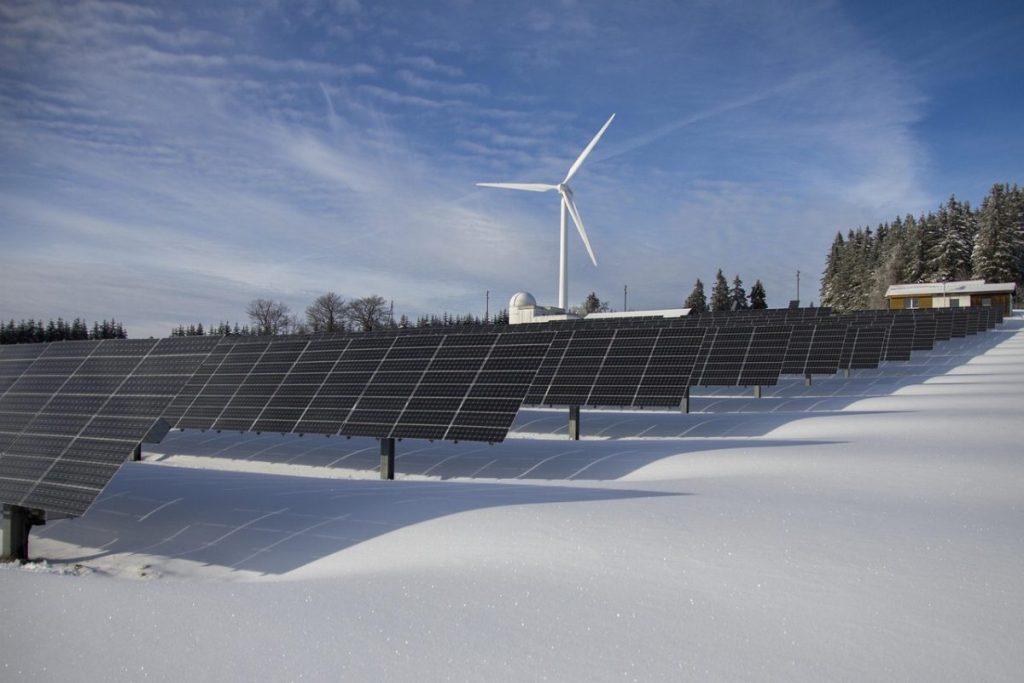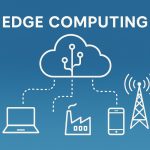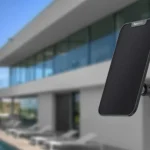As the world transitions toward cleaner energy, the Internet of Things (IoT) is emerging as a powerful ally in building a more sustainable and efficient future. From smart grids to solar panel monitoring, IoT technology is playing a pivotal role in transforming how we generate, store, and consume renewable energy.
The Role of IoT in Renewable Energy
At its core, IoT refers to a network of connected devices that can collect, exchange, and act on data in real time. In the context of renewable energy, these devices help optimize production, reduce waste, and increase the reliability of energy systems.
Here are several ways IoT is making a difference:
1. Smart Solar Systems
Modern solar panels equipped with IoT sensors can monitor performance, track sunlight exposure, and alert users to inefficiencies or damage. These systems collect data about panel output, temperature, and voltage, allowing for real-time adjustments to maximize energy yield.
2. Wind Turbine Efficiency
IoT-enabled sensors on wind turbines measure wind speed, blade rotation, and equipment health. Predictive maintenance algorithms can use this data to detect wear and tear early, preventing costly breakdowns and ensuring continuous operation.

3. Smart Grids and Load Balancing
Smart grids integrate IoT to monitor and manage energy flows across vast networks. By analyzing consumption patterns, they can redistribute energy intelligently during peak hours, prevent blackouts, and reduce strain on the system.
This real-time control and optimization are essential for integrating unpredictable sources like wind and solar, ensuring a steady supply of electricity.
4. Energy Storage and Management
IoT supports efficient energy storage by monitoring battery performance, charge/discharge cycles, and temperature. This ensures that stored energy is used optimally, extending battery life and reducing energy waste.
Real-Life Examples
In several countries, utility companies have already deployed IoT-powered smart meters and grid management systems. These allow both consumers and providers to make informed decisions—like adjusting usage during peak pricing or identifying neighborhoods with high energy consumption.
In rural areas, remote solar installations benefit greatly from IoT. Maintenance teams receive alerts if a unit stops working, reducing downtime and improving service quality for off-grid communities.
Benefits of IoT and Renewable Energy
- Efficiency: Optimize performance in real time.
- Cost Savings: Reduce operational costs through predictive maintenance.
- Scalability: Easily monitor and manage large energy infrastructures.
- Sustainability: Minimize waste and maximize output from renewable sources.
Challenges to Consider
While the potential is enormous, some challenges remain:
- Data Security: Energy infrastructure is a critical asset, making cybersecurity a top priority.
- Interoperability: Different manufacturers may use varying protocols, complicating integration.
- Upfront Costs: IoT implementation can require significant investment, especially for older systems.
However, as technology becomes more standardized and affordable, these barriers are gradually being overcome.
The Future Is Connected and Clean
IoT is more than just a convenience—it’s becoming a cornerstone of global sustainability efforts. As countries and companies push for net-zero emissions, the need for intelligent energy systems powered by IoT will only grow.
From enabling smart cities to creating resilient energy grids, IoT ensures that renewable energy is not just viable, but also smarter, safer, and more accessible.
The Solar Energy Revolution: Affordable and Efficient Solutions on the Horizon



